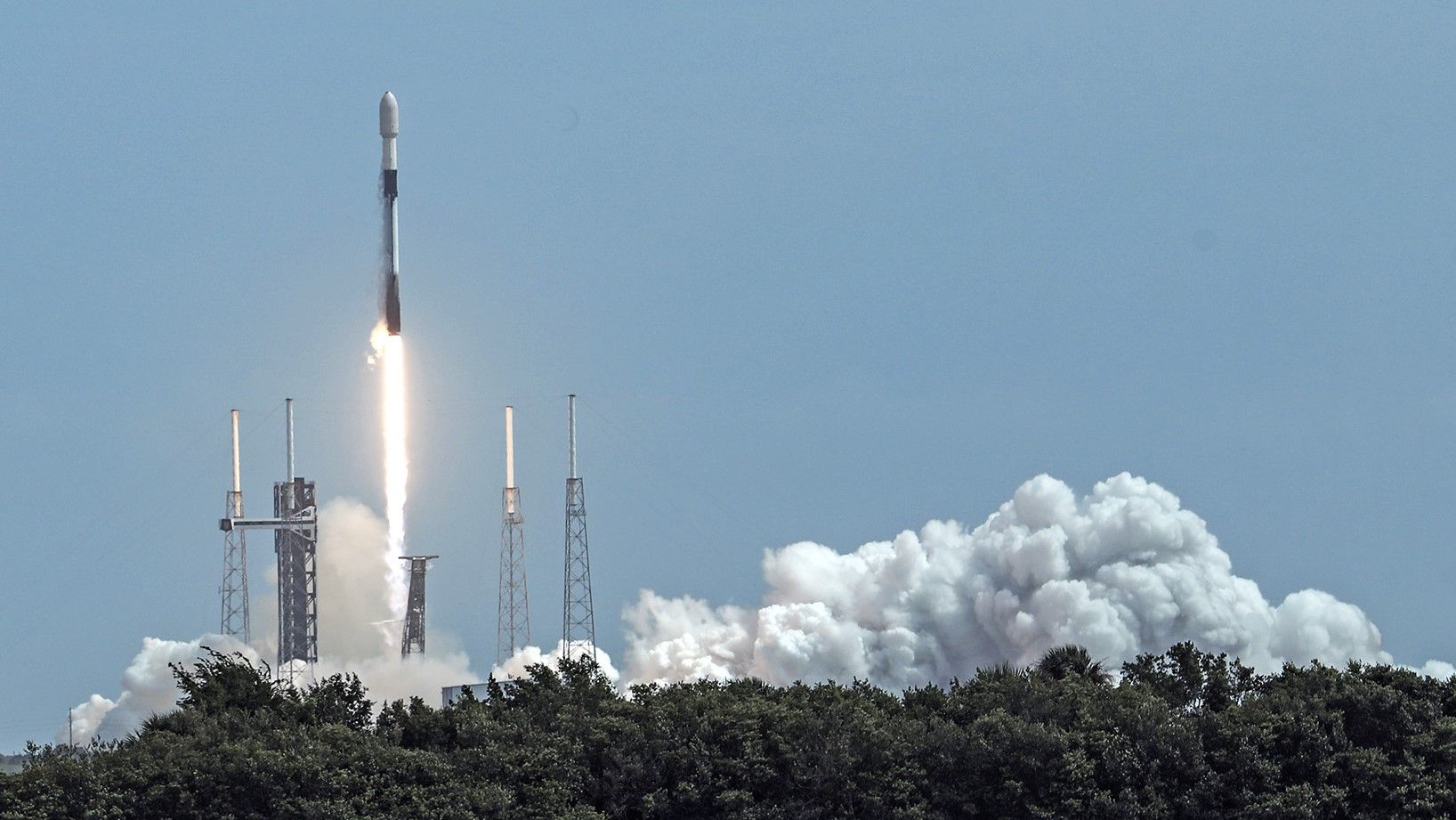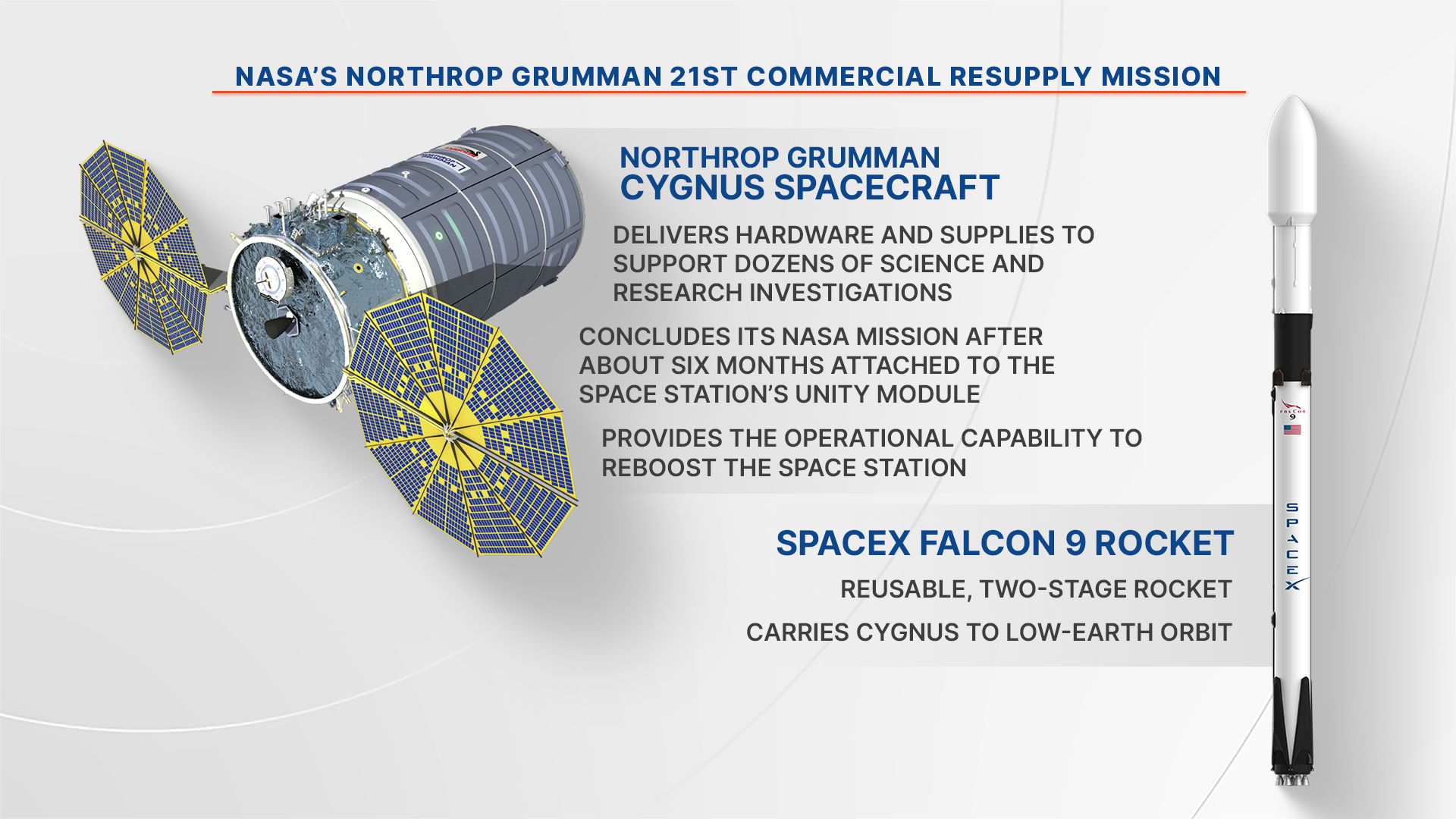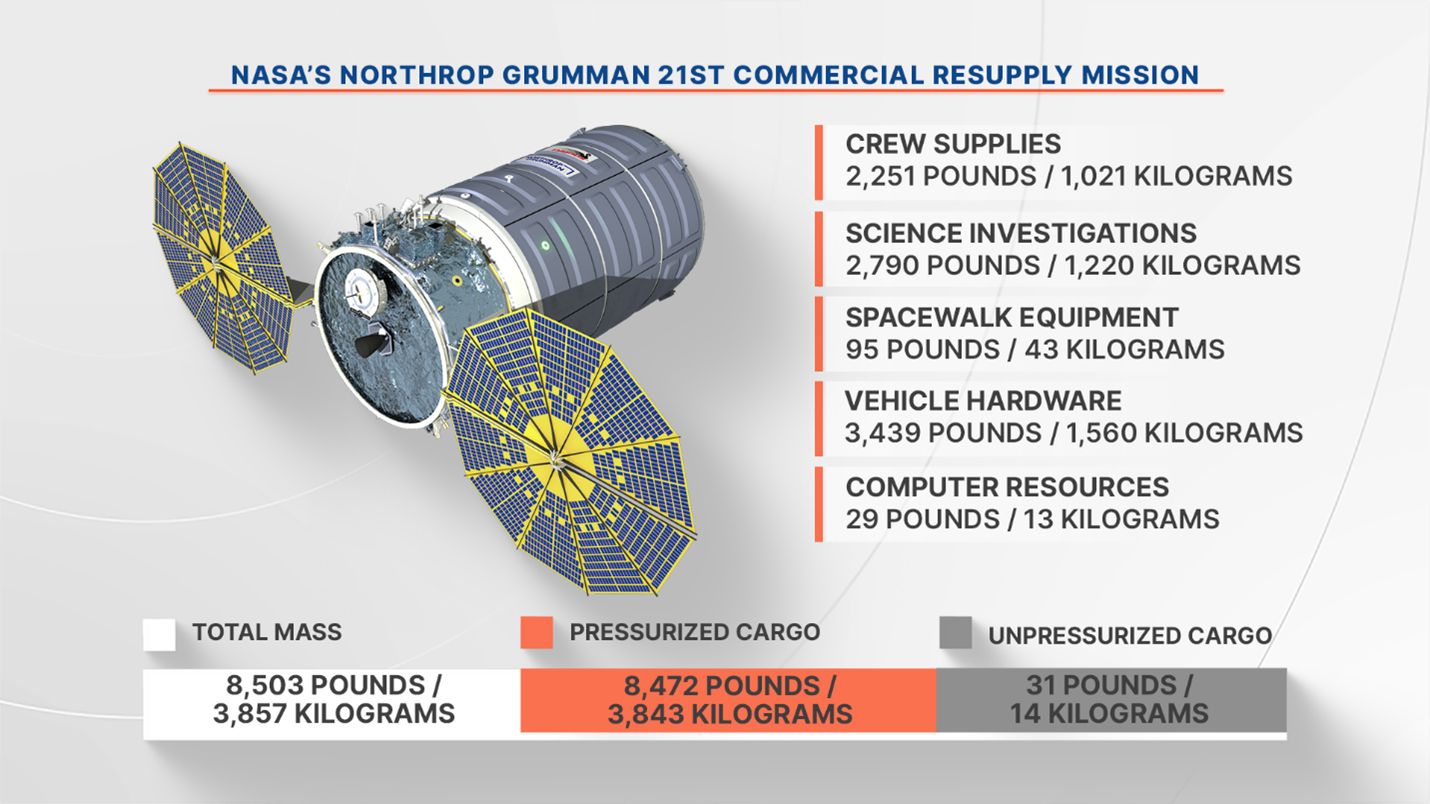Summary
- NG-21 resupply mission launched over 8,200 lbs of supplies en route to ISS via SpaceX’s Falcon 9 rocket from Florida.
- Mission complications after Cygnus missed altitude burn, but solar arrays deployed and mission is reportedly on track.
- The spacecraft is carrying equipment, fresh supplies and science experiments like Rotifers and bioreactor.
NASA has launched the 21st Northrop Grumman resupply mission (NG-21) to the International Space Station (ISS), transporting over 8,200 lbs of supplies and equipment into space en route to the space station. The mission was powered by SpaceX’s Falcon 9 rocket launched from Cape Canaveral Space Force Station, Florida.
NASA NG-21 resupply mission
The SpaceX Falcon 9 rocket, carrying the unmanned Cygnus spacecraft and its cargo, achieved liftoff at 11:02 EDT on Sunday from Space Launch Complex 40. The mission is the 10th mission under NASA’s Commercial Resupply Service-2 (CRS-2) contract and the 21st resupply mission involving Northrop Grumman.
Ryan Tintner, Vice President of Civil Space Systems at Northrop Grumman, commented,
“Northrop Grumman is providing logistics technology that delivers differentiating capabilities – sustaining life and science research aboard the space station. NG-21 is another critical mission that builds on our longstanding support for NASA and the space station.”
Photo: NASA
The mission was initially slated for a Saturday launch no earlier than 11:29 EDT, but adverse weather delayed it before a decision was made to launch on Sunday during a break in weather.
Launch complications
The mission didn’t immediately go to plan after Cygnus missed its targeted altitude burn, or TB1, due to a late entry to burn sequencing. While this was rescheduled, it would then be aborted after the engine ignited “due to a slightly low initial pressure state.”
The solar arrays, which help to power the spacecraft as it travels to the ISS, deployed successfully. At this stage it isn’t clear what exactly caused Cygnus to miss its first burn – early suggestions point towards a software glitch, while engineers are “working a new burn and trajectory plan.” Presently, NASA says the mission remains on track, and it is targeting docking with the ISS on Tuesday at around 03:10.
Astronaut Matthew Dominick will be controlling the robotic arm that catches Cygnus, with Jeanette Epps as backup. Cygnus has been given the name ‘S.S. Francis R. “Dick” Scobee’ in homage to Dick Scobee, the commander of the ill-fated final flight of the Space Shuttle Challenger, which exploded 73 seconds into its mission on January 28th, 1986.
What is onboard?
The payload consists of over 8,200 lbs of equipment and supplies, including fresh food, research equipment and scientific experiments. A snapshot of what’s onboard includes:
|
Test articles to evaluate liquid and gas flow through porous media in life support systems |
|
A balloon, penny, and hexnut for a new STEMonstration on centripetal force |
|
Microorganisms called Rotifers to examine the impact of spaceflight on DNA repair mechanisms |
|
A bioreactor to study blood and immune stem cells |
|
ISS research hardware and supplies |
|
Coffee, chayote squash, radishes, apples, blueberries, oranges, grapefruit, tomatoes, and carrots |
Photo: NASA
The space station is currently conducting hundreds of biology, biotech, physical science and earth/space experiments to advance human understanding on space exploration. Cygnus will remain in space until January, after which it will detach and burn up as it reenters the Earth’s atmosphere.



